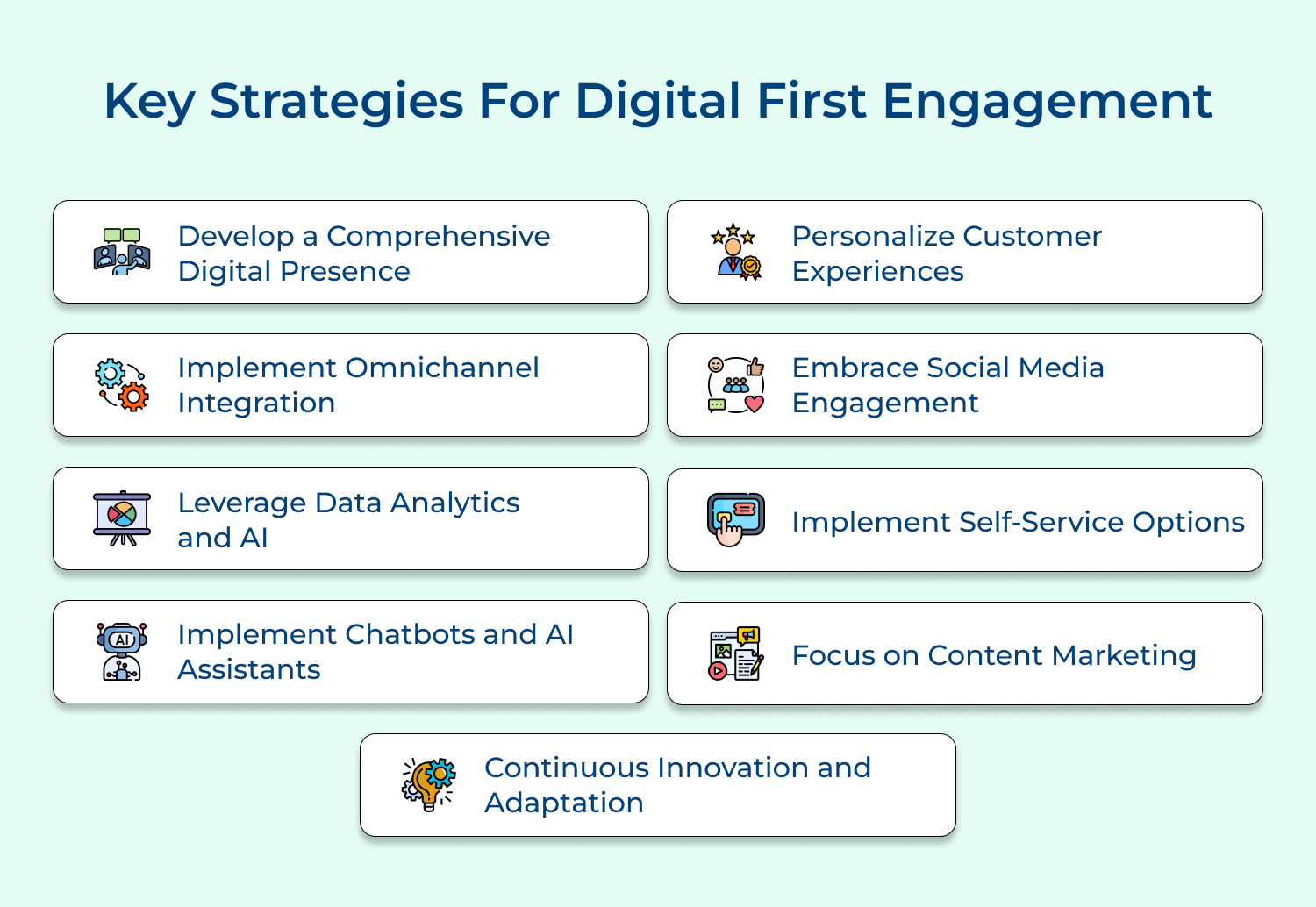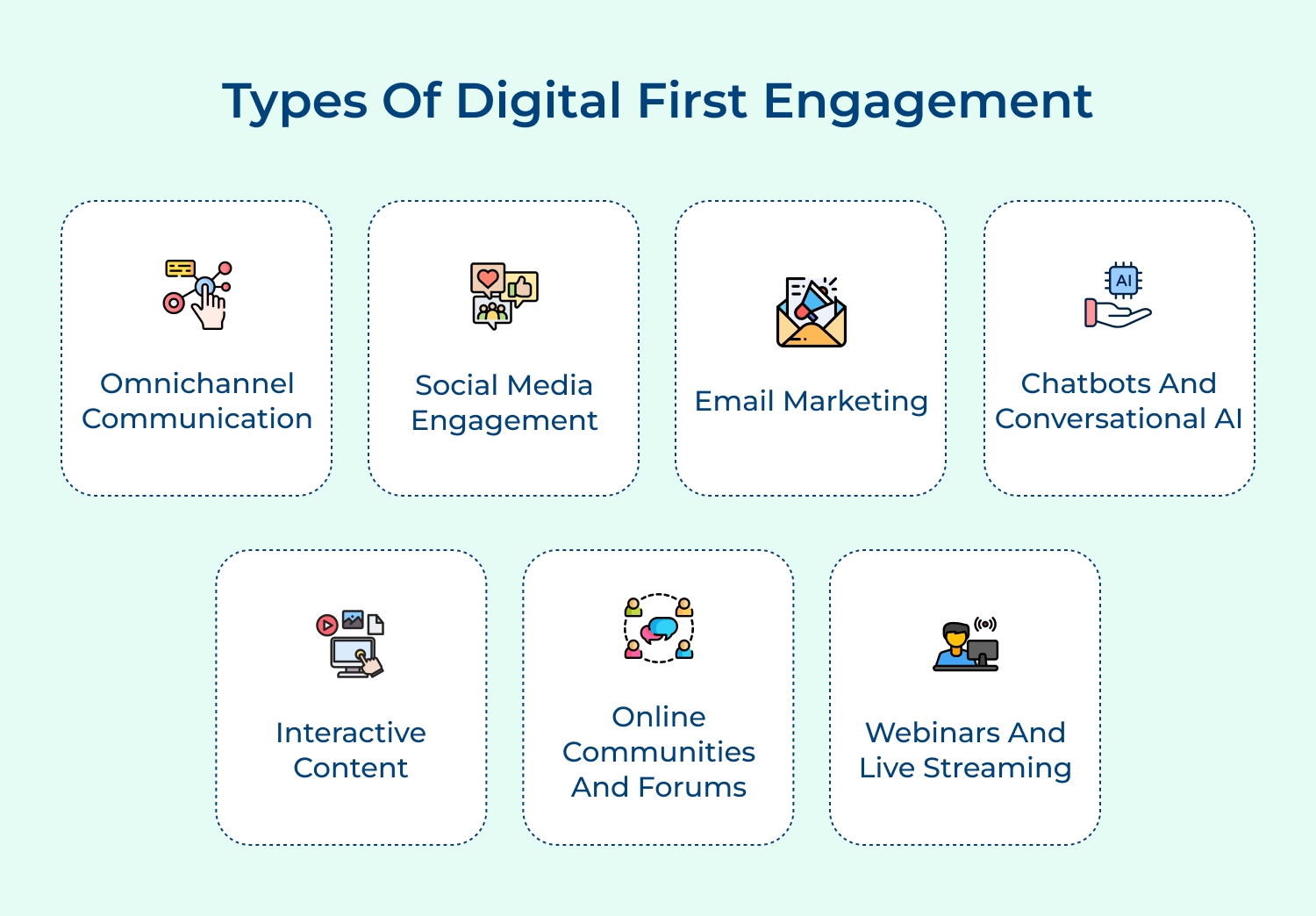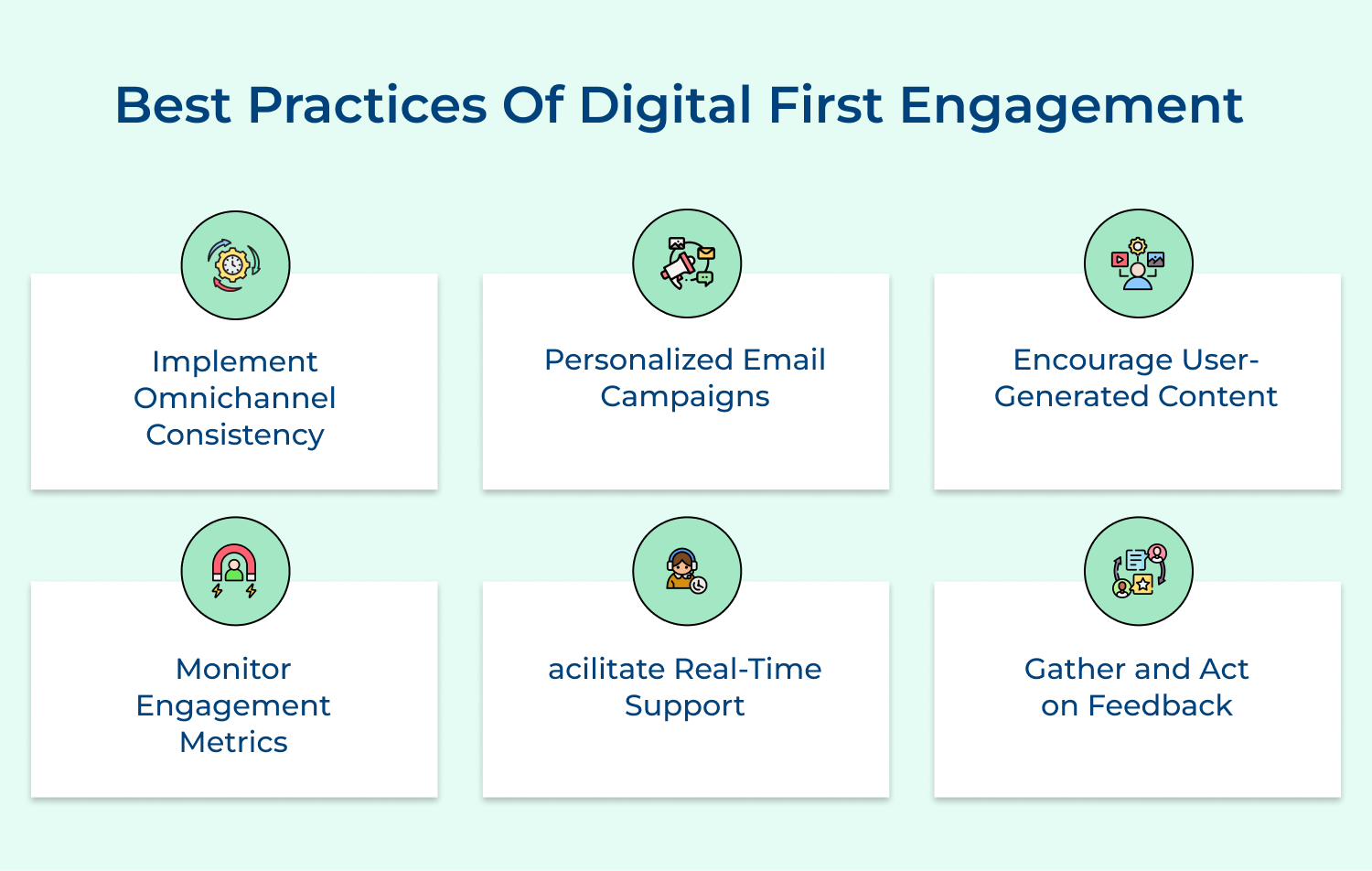Implement omnichannel consistency: Ensure that your brand messaging, visual elements and user experience remain consistent across all digital channels. It includes your website, mobile app, social media profiles, email communications and any other touchpoints. Consistency builds trust, reinforces your brand identity and makes it easier for customers to engage with your business seamlessly.
Personalized email campaigns: Develop targeted email campaigns that deliver relevant and personalized content to customers based on their interests, behaviors, lifecycle stage, etc. Segment your email list while crafting compelling subject lines, visuals and calls to action. Personalized emails have higher open and click-through rates, driving engagement as well as conversions.
Encourage user-generated content: Leverage the power of user-generated content (UGC) to create a sense of community. Encourage customers to share their experiences, reviews and content related to your brand on social media platforms. UGC serves as social proof, increases brand visibility and helps build trust among potential customers. Implement hashtag campaigns, contests and incentives to motivate users to create as well as share content.
Monitor engagement metrics: Regularly track and analyze key engagement metrics to measure the success of your digital engagement strategies. Monitor metrics such as website traffic, bounce rates, time spent on site, social media followers, likes, shares and comments. Use analytics tools to gain insights into user behavior, identify areas for improvement and make data-driven decisions to optimize your engagement efforts.
Facilitate real time support: Provide real-time support options to address customer needs and concerns promptly. Implement live chat functionality on your website, offer support through social media channels and ensure that your customer service team is equipped to handle inquiries efficiently. Quick response times and effective problem resolution contribute to positive customer experiences while also increasing customer loyalty.
Gather and act on feedback: Actively seek feedback from your customers to understand their preferences, pain points and expectations. Conduct surveys, ask for feedback after interactions, and monitor social media sentiment. Use this feedback to identify areas for improvement, make necessary adjustments to your digital engagement strategies and show customers that their opinions are valued. Continuously iterate based on customer feedback to enhance the overall user experience.
Example of Digital First Engagement Impact
Digital-first engagement has revolutionized how businesses interact with customers. Here are the real-life examples showcasing the impact of digital-first engagement:
Domino’s Pizza’s Digital Ordering Platforms Domino’s Pizza has embraced digital-first engagement through its online ordering platforms and mobile app. Customers can easily customize their orders, track deliveries in real-time and save preferences for future purchases. The digital-first approach has streamlined the ordering process, increased order frequency and boosted sales for Domino’s, positioning it as a leader in the food delivery industry.
Teladoc’s Virtual Consultations Teladoc, a telehealth platform, demonstrates digital-first engagement in healthcare. Patients can access virtual consultations with licensed healthcare professionals through the platform’s website or mobile app. The digital-first approach improves access to healthcare services, reduces wait times, and enables patients to receive medical advice as well as treatment remotely. Thus, enhancing patient engagement and convenience.
Coursera’s Online Learning Platform Coursera’s digital-first engagement offers a wide range of online courses and degrees from top universities as well as institutions worldwide. By providing flexible learning opportunities, Coursera has attracted millions of learners, expanded its partnerships with educational institutions. It has also generated revenue through course enrollments and certifications. The digital-first approach has transformed the landscape of online education.
Peloton’s Connected Fitness Experience Peloton’s digital-first engagement combines high-quality exercise equipment with immersive online fitness classes. Through its connected bikes and treadmills, users can access live as well as on-demand classes, compete with other users, while tracking their performance. Peloton’s engaging digital experience has driven equipment sales, increased subscription revenue, and built a loyal community of fitness enthusiasts.
Unlocking Growth Opportunities Through Digital Engagement
Digital-first engagement has become a crucial strategy for businesses to thrive. By embracing digital technologies while also putting customer engagement at the forefront, companies get to streamline operations and deliver exceptional customer experiences. From personalized recommendations to seamless interactions, digital-first engagement allows businesses to meet customers where they are and provide tailored solutions to their needs.
As customer expectations continue to evolve, adopting a digital-first mindset will be key to staying competitive and delivering the exceptional experiences that customers demand. The future belongs to businesses that prioritize digital engagement and harness its power to create meaningful connections with their customers.








